14. Starting the work
Ibrahim had transported all the material to the well and this morning we brought all of his team to the site and started preparing the field where they will have to stay until the work is finished.
Ibrahim had put his rifle in the car so he could hunt rabbits. That will be much better than the dried fish that they brought to make the rice sauce. It doesn’t seem very appetizing to me.
We went to the desert to buy a sheep from the Tuareg because the custom does not want us to start working on a well without sacrificing an animal and eating well.
For the Tuareg it is a good omen for finding abundant water and for the well keepers it is an omen for being able to complete the job without accidents. Theirs is a dangerous job and they often die crushed, buried or from a fall. When digging the desert wells, you can reach a depth of 90 meters.
Our well is 31 meters and we will dig it a further 5 meters. InshAllah, as they always say here.
How does a well work in the desert?
We must know that the wells in the Sahara are excavated by hand, unless there is rock, then then are dug with explosives.
As you dig, the reinforced concrete walls are built until you reach water.
At this point it is no longer possible to make the wall of fresh concrete precisely because of the water.
The well keeper then drops prefabricated concrete cylinders, which will serve as a wall, and continues to dig and take away the water, having the cylinders descend one on top of the other as he digs under the first cylinder which then descends.
Our well was built like this and that is why it has so little water.
The holes in the bottom are not large enough to allow a lot of water to pass through and they have also become clogged with sand and mud.
Ibrahim must redo the immersed part of the well with a modern technique that will allow it to collect much more water.
He take away all the cylinders from the bottom and also the concrete cap and then drop perforated cylinders in their place which will allow the water to be collected not only from the bottom of the well but also from the wall which is immersed in the underground water.
To prevent sand from entering and clogging them, Ibrahim places a filter made with special gravel from the Niger River all around the walls and under the bottom cap.
This gravel is very expensive and it is also very expensive to transport it to the wells, this is one of the reasons why the other wells don’t use it.
But to install this natural filter it is necessary to have special equipment that in Timbuktu, only Ibrahim owns, which is why everyone who wants a well with abundant water turns to him.
Those who cannot afford the costs of the materials, call the artisan well builders. They dig wells that give water for a short while and then dry up, filling up with sand, which is exactly what happened to our well.
| Previous | INDEX | Next |

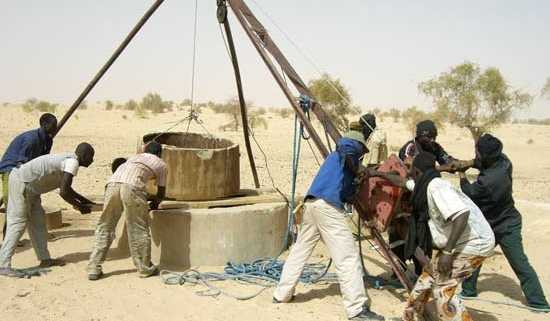
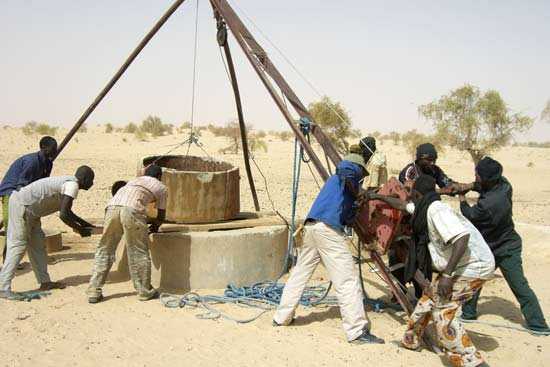
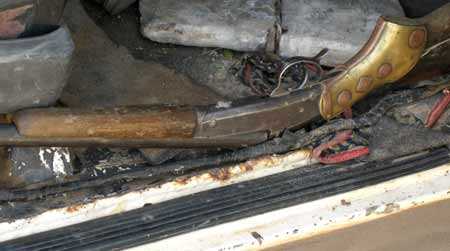
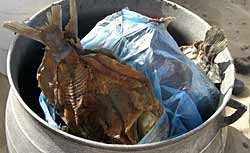

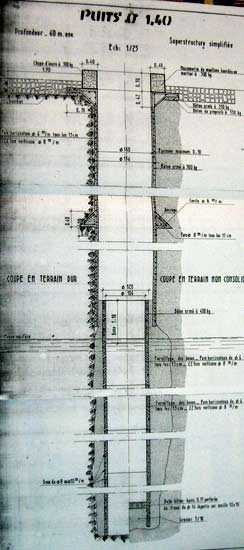
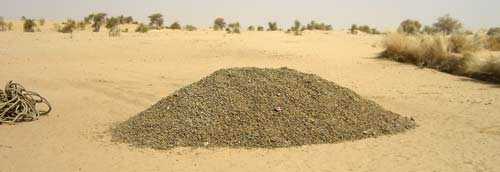















Leave a Reply
Want to join the discussion?Feel free to contribute!